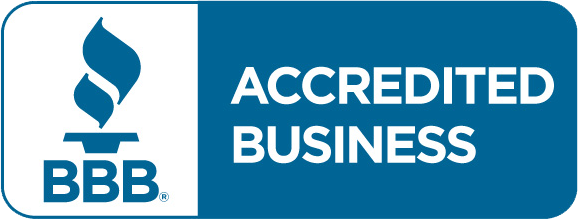CALL: 1-800-474-6537 or TEXT: 1-800-474-6537
Car Lift Maintenance
Auto Lift Maintenance - Your Essential Guide

Not all vehicle lifts are built the same. That means car lift maintenance isn’t one-size-fits-all either. Here’s a simple breakdown by lift type—what to check, how often, and what to look out for.
🔧 4-Post Lift Maintenance
These are tanks. Great for storage and drive-on convenience, but they still need upkeep.
- Inspect cables monthly – They stretch over time. Look for fraying, kinks, or uneven tension.
- Lube pulleys and sheaves – Use lithium grease or manufacturer-approved oil.
- Keep runways clean – Road grime and fluids can corrode the steel over time.
- Check the lock system – Make sure the safety locks engage evenly on all four posts.
- Level the lift – Uneven rise? You might need to adjust the cable tension.
Pro Tip: Every few months, raise the 4 Post Lift halfway and listen. If one corner lags, it could be a worn pulley or cable tension issue.
🔧 2-Post Lift Maintenance
These lifts do the heavy lifting—literally. They're the most common shop lifts and demand consistent maintenance. When building an automotive vocational program, 2-post lift maintenance protocols should be a core component of student training.
- Check arm restraints daily – Worn gears or rusted mechanisms can fail under load.
- Inspect the hydraulic cylinder – Look for leaks at the base or near fittings.
- Lube pivot points – Especially where arms swing. Keeps operation smooth.
- Tighten anchor bolts monthly – They can loosen over time, especially with frequent use.
- Adjust equalizer cables – Keeps the lift rising evenly between both posts.
Pro Tip: Always lower the lift onto the locks when working. Relying solely on hydraulic pressure is a no-go.
🔧 Single-Post Lift Maintenance
These are compact and great for tight garages, but their design puts everything on one column—so regular checks are critical.
- Inspect the post for flex or cracks – Any signs of fatigue should be taken seriously.
- Check hydraulic seals – A leak here will ground your lift.
- Monitor lift speed – Slower movement can signal low fluid or air in the lines.
- Keep the baseplate clean – Debris can interfere with stability.
- Test safety locks often – There's usually just one main lock. Make sure it’s reliable.
Pro Tip: Single-post lifts tend to be under higher stress per square inch—don’t overload them, even if the lift “seems fine.”
🔧 Scissor Lift Maintenance
These come in mid-rise, full-rise, and portable styles. Lots of moving joints means more chances for wear.
- Inspect pivot pins and bushings – Grease them monthly to prevent squeaking or locking.
- Check the lift table alignment – One side rising faster? Look for binding.
- Watch for fluid leaks under cylinders – Common if seals wear down.
- Keep debris out of the scissor arms – Gravel or gunk can damage the joints.
- Tighten platform bolts – Especially if you move the lift around a lot.
Pro Tip: Some portable scissor lifts have wheels that wear out quickly—inspect those too if you roll your lift around.
Final Thoughts
Whether it’s a 2-post, 4-post, scissor, or single-post lift, the key is consistency. Set a reminder, follow your manual, and don’t wait until something feels “off.” Good auto lift maintenance doesn’t take long, but it can save you thousands down the road—and more importantly, it keeps you safe.
See Also:


